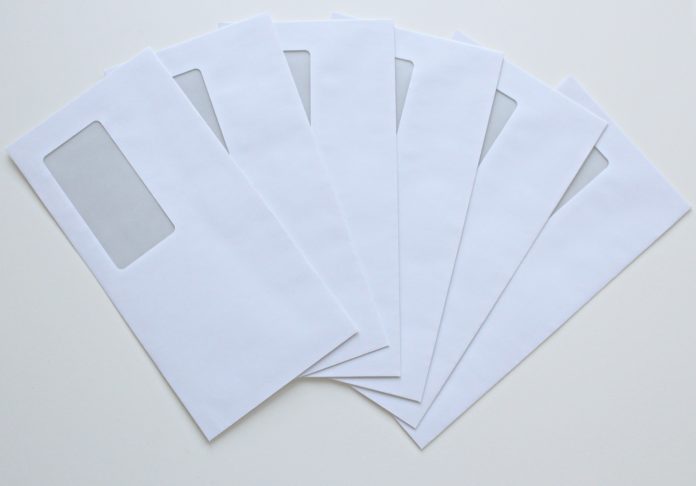
Does your car dealership business still engage in direct mail? You probably do, though you may also have had people tell you not to bother, because “direct mail is dead in the digital age.” In fact, direct mail is still alive and well. A study conducted last year by the Direct Marketing Association (DMA) found that direct mail has a 4.4 percent response rate, compared to email’s average response rate of 0.12 percent. This certainly makes direct mail worth your time.
It’s important to nail down the basics of direct mail criteria, such as the list, the creative approach and the timing. But to get the most out of direct mail, however, consider employing a multichannel approach.
Multichannel Direct Mail
Your direct mail campaign will be more effective and have a better response rate if you can reach your target audience buyers in multiple ways. Sending them a direct mail piece is an important part of the puzzle, but be sure that you’re reinforcing that effort in other ways helps solidify the message in the customer’s mind.
One multichannel approach that works well goes like this: direct mail, followed by an email blast, followed by a phone call. First you send out a mail piece. Then, you reinforce the mailing with a well-crafted email campaign sent to the same list as the direct mail. Finally, your salespeople follow up with a phone call to turn the lead into a sale.
How Do You Do It?
There are a few important things you need to do before you embark on a multichannel campaign, and much of it involves the cooperation of your mail vendor.
Step 1. To begin, you need to ask your direct mail vendor if they can provide you with email appends. Email appends (also referred to as e-appending in some cases) involves taking mailing list information (first name, last name, address) and matching it against “big data” to ferret out an email address. Generally, your mail vendor should be able to acquire email addresses for between 40 to 60 percent of the names and addresses on your mailing list. (And maybe you already have some of them in your CRM.) There will probably be a nominal cost associated with buying the email appends (depending on the number of records you’re purchasing).
If your provider can’t sell you e-appends, you may need to find a new direct mail vendor before you embark on a multichannel marketing approach. Look for recommendations from other dealers or in places like LinkedIn.
Step 2. The next step is to ask your direct mail vendor if they can provide you with phone appends. Phone appends are a lot like email appends, only less reliable and with a much smaller match rate. Your match rate might be in the 10 to 20 percent range. For example, a 10,000-piece direct mail list might net you 1,200 phone numbers and 5,000 email addresses.
Once you’ve acquired the email and phone appends, wait for the mail piece to go out. In the meantime, set up your email blast and schedule it to send. Ideally, these emails should arrive in customers’ inboxes about three to five days after they receive your direct mail piece. Next, prioritize the order in which you’re going to make your phone calls. To avoid having your BDC make 1,200 phone calls randomly, prioritize the calls to dial the people who opened the email blast, as it’s safe to assume those people are most likely to be interested in your campaign.
This multichannel approach to marketing campaigns can be accomplished either through an agency or a direct mail company that is also a digital agency, or you can take the time to do it yourself inexpensively (but be sure to devote the time and tools to do it properly). For example, if you buy the email/phone append lists from your direct mail vendor, you can then use a program like Mailchimp to send out the email blast, then download the opens and use that list to call people. You can also send a “push to open” email blast to customers who originally opened the email (again, assuming that those people are most likely to be interested in your message).
In all cases, a multichannel marketing campaign should have a consistent and informative message, and the channels should complement one another rather than repeat the same thing three times over. It’s an opportunity to craft a timely offer in a multifaceted campaign that’s sure to catch prospects’ eyes.












